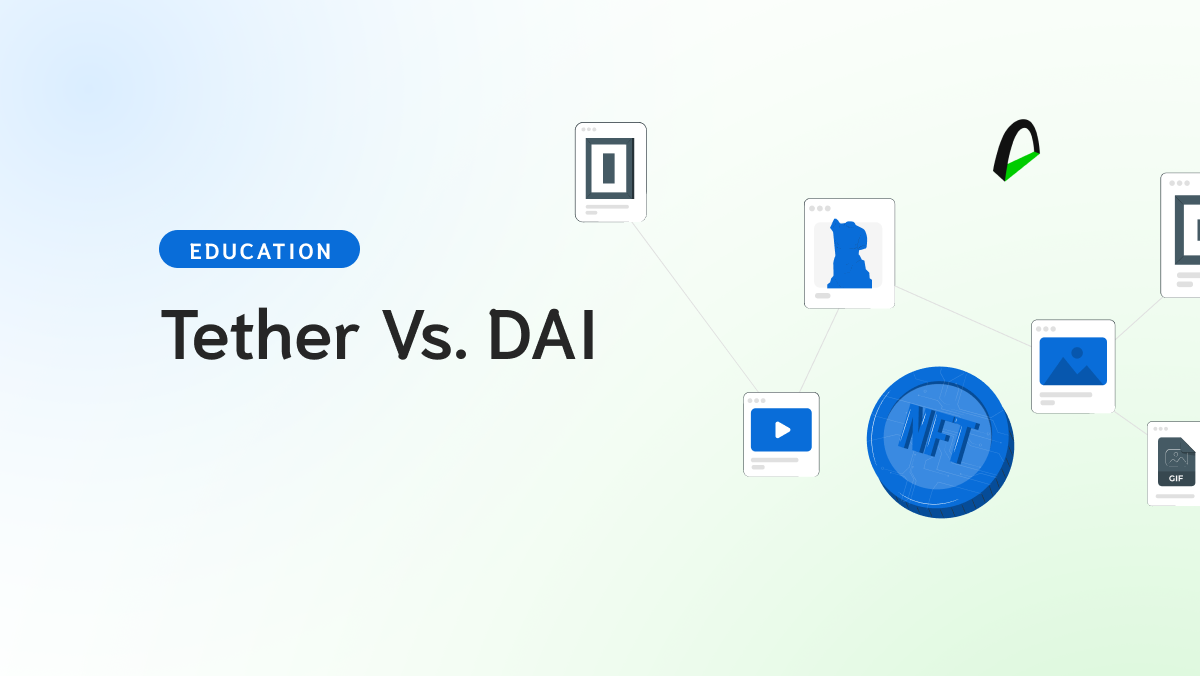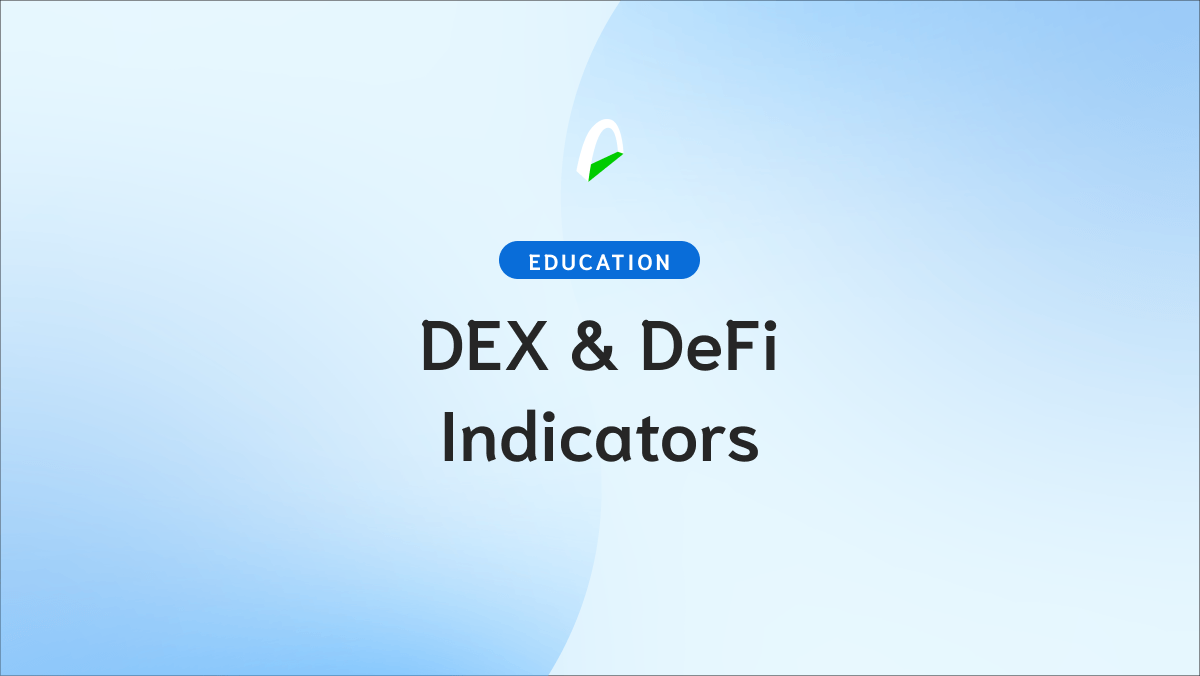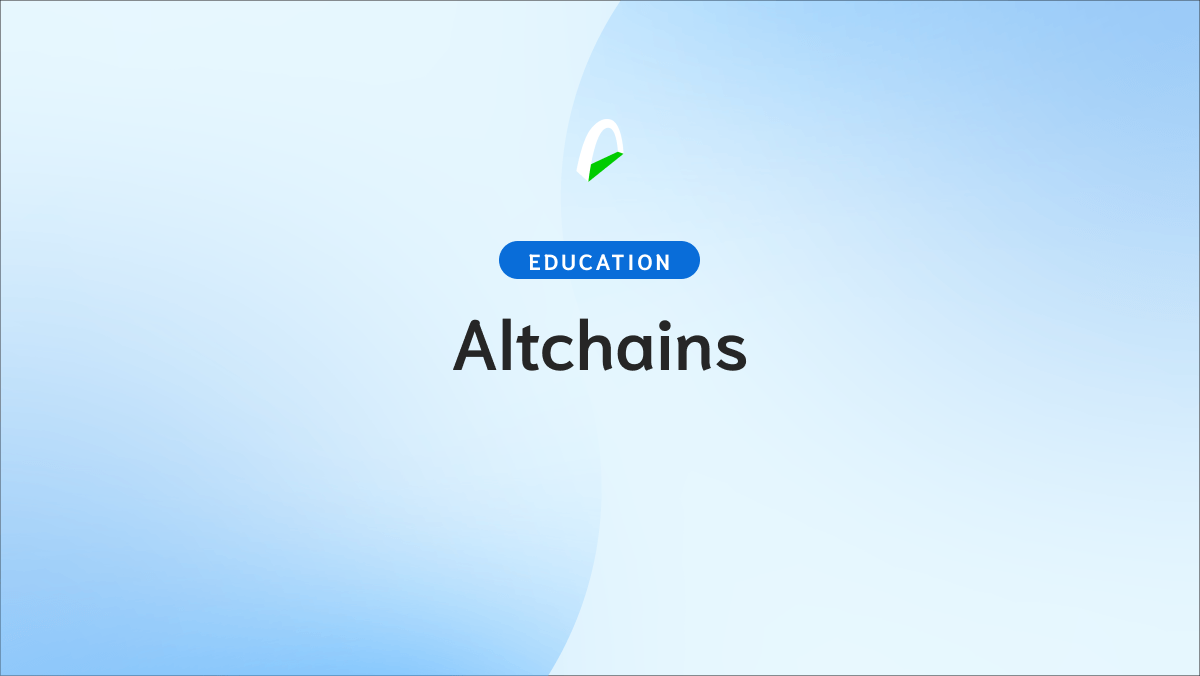Tether's USDT and MakerDAO's DAI are among the most widely used stablecoins in the cryptocurrency market.
While both are designed to maintain a stable value of 1 USD through external backing, they have distinct differences in operation and implementation.
This review will compare and contrast Tether and DAI, highlighting their strengths, weaknesses, and potential risks. By examining the key features and use cases of each stablecoin, readers will better understand which option may be better suited for their needs.
The history behind Tether and DAI
The history of Tether (USDT) and DAI Coin (DAI) is filled with controversy and challenges that have shaped their present and future trajectories.
Tether has faced significant scrutiny over the state of its reserves, while MakerDAO's governance structure, which controls its reserves, has drawn criticism for being centralized.
MakerDAO, the organization behind DAI stablecoin, was established in 2014 by Rune Christensen. The Maker Protocol, built on the Ethereum blockchain, was developed by the organization, and DAI stablecoin was launched in 2017.
DAI quickly became known as a decentralized stablecoin with decentralized governance. Token holders in MakerDAO have voting rights, which allows them to make decisions that impact the project's future.
However, the organization's governance structure is relatively centralized, with Christensen and the founding team holding a significant amount of MKR that influences the project's direction.
In 2022, MakerDAO announced plans to diversify DAI reserves by investing in real-world assets and partnering with crypto businesses. This represents a significant shift since DAI is primarily a crypto-collateralized stablecoin. Additionally, Christensen has suggested that DAI might become de-pegged in the future.
USDT, the largest stablecoin by market cap, was launched in 2014 by Tether Holdings Ltd. and first traded on Tether's sister company, the Bitfinex exchange. Although USDT became a popular asset for trading BTC and other cryptocurrencies, many suspected Tether of engaging in illicit activities. They accused the company of printing fake currency to boost crypto prices.
In 2021, Tether and Bitfinex were ordered to pay roughly $60 million in fines to the CFTC and the New York State Attorney General's Office after discovering that the company had lied about its reserves and that USDT wasn't always backed one-to-one with USD.
Despite these controversies, USDT continues to be widely used in the cryptocurrency market.
Understanding the inner workings of Tether and DAI
If you're familiar with stablecoins, you'll know how Tether and MakerDAO function. These organizations issue USDT and DAI, respectively, by receiving collateral loans from investors.
Tether is a private, for-profit firm that issues USDT stablecoin. The company creates USDT by exchanging it for USD loans and then distributes the newly minted USDT to buyers. Buyers can sell their USDT to Tether and reclaim their loans. Most retail users obtain USDT on various exchanges.
Tether asserts that the loans it receives are kept in reserve to back USDT and ensure it remains pegged to the US Dollar at a 1:1 ratio.
DAI, on the other hand, operates differently. It is a stablecoin built on the Ethereum blockchain and is issued by MakerDAO, another private, for-profit firm promoted as a decentralized autonomous organization. The process of minting DAI is controlled by MakerDAO and MakerDAO algorithms.
When investors want to purchase DAI, they must provide a loan of cryptocurrency worth at least 150% more than the DAI they wish to purchase. For instance, to purchase 100 USD worth of DAI, it's necessary to provide an Ether loan worth 150 USD.
This is known as over-collateralizing and is required due to the volatility of cryptocurrency prices. This ensures that DAI remains stable even if Ether prices drop.
The loaned crypto assets are secured in smart contracts called Collateralized Debt Positions (CDPs) on the Maker Protocol.
The algorithms keep track of the collateral loans and liquidate locked assets if DAI's price stability is jeopardized. Traders can recover their locked assets by returning borrowed DAI and paying a stability fee.
What are the use cases of USDT and DAI
USDT and DAI serve various use cases in the crypto market. Stablecoins offer a way to transact with crypto assets without the volatility of other cryptocurrencies, such as Bitcoin.
USDT and DAI can be traded against most cryptocurrencies on various exchanges, providing a stable trading pair.
Merchants can also accept crypto payments denominated in USDT or DAI, providing a stable alternative to Bitcoin and other volatile cryptocurrencies. This can simplify transactions and remove the uncertainty associated with price fluctuations.
USDT and DAI are widely used in the DeFi space, allowing users to participate in decentralized lending and borrowing protocols.
Users can lend DAI and USDT to earn interest on their holdings and use them as collateral to borrow other cryptocurrencies.
DAI also offers a DAI Savings Rate of 1% when users deposit DAI into Maker's DSR smart contract. This allows users to earn interest on their holdings and can be an alternative to traditional savings accounts.
Deep diving into USDT market cap
As of January 2023, USDT is the largest stablecoin with a market capitalization ranking third after Bitcoin and Ethereum.
Over 60 billion USDT tokens are currently in circulation, although there is no set total supply, and Tether can issue more tokens based on demand.
USDT can be converted or sold to other coins, and Tether burns surplus tokens to maintain its reserves for every USDT in circulation. The stablecoin is available on major exchanges and is supported by several blockchain networks, such as Ethereum, Algorand, Hedera, Tron, and Solana.
However, USDT has faced challenges, such as losing some market cap after FTX's bankruptcy.
Tether promises to keep its reserves for every USDT in circulation to ensure its one-to-one peg to the US dollar. Any issuance of USDT beyond the company's reserves could lead to a price crash if the demand falls.
Deep diving into DAI market cap
As of January 2023, the circulating supply of DAI, the fourth-largest stablecoin, stands at 5.8 billion, making it the sixteenth-largest cryptocurrency by market capitalization.
Unlike other stablecoins, DAI doesn't have a fixed total supply. Instead, the MakerDAO protocol uses smart contracts to automatically issue or burn DAI tokens based on market demand, ensuring that its value remains stable.
The governance of MakerDAO is marketed as decentralized and autonomous, with the founding team having a controlling stake in the decision-making pool.
MakerDAO employs a combination of smart contracts and governance to control the amount of DAI in circulation.
DAI operates on the Ethereum blockchain and is widely available on most crypto exchanges and DeFi protocols.
Similarities Between Tether and DAI
Tether (USDT) and DAI are stablecoins that aim to maintain a one-to-one peg with the US dollar. As such, both tokens offer a stable value not subject to the same price volatility as other cryptocurrencies.
Additionally, both tokens have a variable supply, meaning more tokens can be created if their demand increases.
Tether and DAI are widely available on cryptocurrency exchanges and DeFi protocols, making them useful for trading and participating in decentralized finance activities. Users can borrow and lend these tokens to make trades or earn interest on their savings.
Governance
Despite some differences in their governance models, Tether and MakerDAO have similarities regarding decision-making processes.
Tether is a centralized company whose leadership team has significant decision-making power regarding the creation and management of USDT.
MakerDAO, on the other hand, is marketed as an autonomous decentralized organization where MKR token holders have decision-making power regarding the future of Multi-Collateral Dai.
However, in practice, the decision-making power at MakerDAO is concentrated in the hands of the founding team members, who have a significant stake in the decision pool.
This has led to some controversy and criticism regarding the platform's governance practices in recent years.
Differences between Tether and DAI
USDT and DAI are stablecoins but differ in their collateralization mechanics.
Pegging mechanism
USDT is backed by traditional financial assets such as cash and bonds. In contrast, DAI is backed by other cryptocurrencies like Ether (ETH), USD Coin, Pax Dollar, Wrapped Bitcoin, Gemini Dollar (GUSD), Uniswap (UNI), and a few other cryptocurrencies.
This difference affects how new stablecoins can be issued and how extra coins are cashed out. While Tether's process of issuing new coins has yet to be well known, MakerDAO uses smart contracts to mint new DAI, making the process more transparent.
State of reserves
Tether's reserves have been questioned since 2015 due to the company's lack of audits to prove its one-to-one backing of USDT.
Tether needs a better track record regarding the transparency of its reserves and has misled regulators and customers on how Tether was being backed.
In contrast, DAI is backed by crypto collaterals, and the backing system is managed by smart contracts, making the process more transparent. However, MakerDAO has made controversial decisions regarding which assets can be used as collateral for DAI, which could put DAI holders in a tough spot if certain assets face financial trouble.
Market capitalization
USDT is the largest stablecoin by market cap, while DAI is only the fourth largest. This difference means that USDT has a more significant presence in the market, and it's easier to trade with different coins.
At the same time, DAI offers unique opportunities, particularly in the DeFi space.
Buying and exchanging USDT and DAI
Buying USDT and DAI is easy, as both stablecoins are widely available on most crypto exchanges.
Centralized exchanges like Coinbase and Binance and decentralized exchanges like Changelly and Oasis offer USDT and DAI. However, it's worth noting that Crypto.com has delisted USDT for Canadian customers due to regulatory concerns.
You can purchase USDT and DAI using other cryptocurrencies or fiat currencies.
Payment methods are typically available, including wire transfers, credit and debit cards, Apple Pay, Google Pay, and other third-party payment providers.
If you're interested in generating DAI, you can do so through the Oasis Vault Portal or third-party vault portals like DeBank and DeFi Saver.
To exchange USDT for DAI, find a crypto exchange that lists the USDT/DAI pairing, such as Binance, Coinbase, Kucoin, or Bitfinex. Remember that the availability of specific pairings may vary by exchange, so it's always a good idea to check before making any trades.
Future plans for Tether and DAI
The future of Tether remains uncertain. Despite being the largest stablecoin in the market, its lack of audits and controversial reserves have caused it to lose ground.
Additionally, the US government's plans to regulate stablecoins with increased scrutiny could sink Tether's ship or force it to become more transparent.
On the other hand, MakerDAO's DAI has been undergoing significant changes in recent years. The organization's founder, Christensen, announced plans to end DAI's dependence on USDC in the long term, which currently backs 40% of DAI.
MakerDAO has been diversifying its collaterals by investing in US government and corporate bonds, real-world assets like real estate, and partnering with crypto companies like Coinbase and Paxos.
Christensen's "Endgame" plan, which was approved with 80% backing, includes de-pegging DAI from the US dollar over time and moving DAI's collateral to other cryptocurrencies such as Ether.
However, critics have pointed out that Christensen influenced 63% of the votes through his MKR holdings. While these changes could lead to a more decentralized and diverse stablecoin, they also have significant risks and uncertainties.






